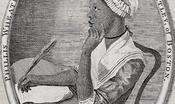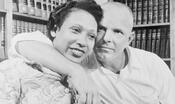text
Literature
One Million Men and Me
Based on a true person, this story is told from the perspective of a little girl whose dad took her to the Million Man March—where she saw the tears, happiness, and chants of men banding together for a common purpose.
July 7, 2014


